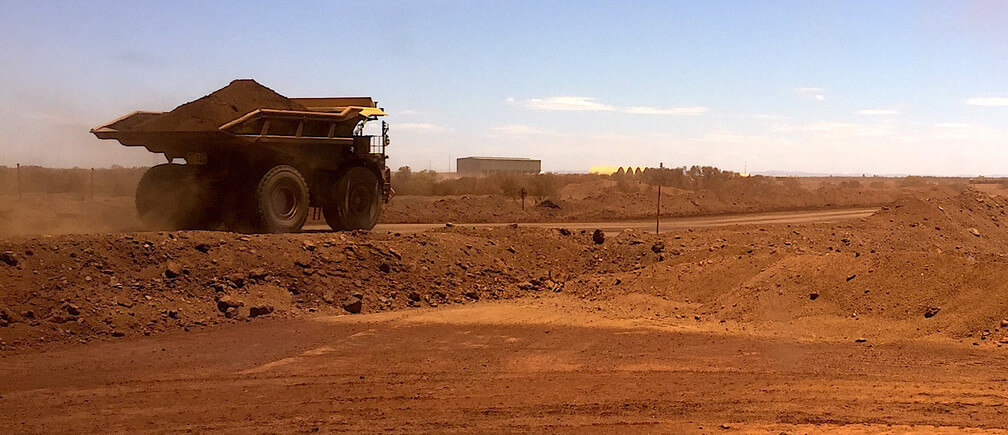The mining and metals industry is recovering from the most challenging period in decades. Market fluctuations and declining commodity prices have become a new normal. In this case, cutting costs, automating, and improving operational efficiency are critical.
At the same time, industry-specific issues related to regulation, geopolitical risks, legal restrictions on the use of natural resources, stakeholder activism, and strict public oversight pose additional challenges. We believe that the demand for mineral products will increase in the next few years, but there are several trends that will determine which types of mining companies will succeed in the future. We have identified seven drivers that will shape the mining and metals industries.
1. Transition to a low-carbon economy
In order to achieve the energy transition, demand for most mineral products is expected to be high. Although fossil fuels have improved the living standards of people around the world since the 18th century, the greenhouse gases they emit have led to global warming. To prevent rising global temperatures from eventually having a catastrophic impact on the planet, countries must decarbonize their energy systems by the middle of this century. Since the energy intensive transport system with low carbon emissions is more intensive than the fossil fuel-based energy transport system, this energy transition presents a huge opportunity for the mining industry. At the same time, the mining industry must also reduce its own carbon emissions. Mining companies most likely to sell low-carbon, high-quality mineral products use renewable energy to produce, operate electric or hydrogen-powered trucks, and integrate the circular economy into their value chains.
2. Access to resources
Enterprises need to enter remote mining areas. As world-class mineral resources in low-risk areas have dried up, mining companies must master new mining and processing technologies, or venture into remote mining areas where previous economic conditions could not meet the requirements of mining in these areas. Automation and digitization will lead to more targeted and efficient mining technologies. Enterprises can use in situ leaching (a mining process that recovers minerals such as copper and uranium by drilling into the deposit), block mining (an underground mining method that uses gravity to mine ore located deep) or biological mining ( A technology breakthrough through the use of prokaryotes or fungi to extract metals from ore and other solid materials, thereby further improving mining technology.
Investors are increasingly interested in higher-risk mining areas. In the search for quality deposits, governments and businesses are increasingly exploring deep seabeds and asteroid mining areas. Although these technologies will open up new ways for mining companies to maintain the price of existing resources or have the right to acquire new resources, business models, business processes, and potential social and environmental externalities are new areas for them.
3. New ways of financing the mining industry
As mining companies try to control risk, new financing and production models will become more popular. Chinese demand led to a commodity boom in the first decade of the 21st century, and later prices collapsed, with mining companies forced to focus on reducing debt ratios and improving balance sheets. The company has formulated other financing options, such as mining fees and metal flow agreements, to ease the burden on mining companies’ balance sheets. To diversify the risks of new capital-intensive projects, companies may continue to develop these financing options. Like the oil and gas industry, they can also develop joint ventures to reduce their risk to a specific project or in a specific mining area. They can also consider signing service agreements.
4. Social contract for mining
Creating real benefits for communities near the mine will be key to the success of the new project. In recent years, obtaining “operating permits” from local communities has been a major challenge for the mining industry. Many proposed engineering projects were rejected, and protests interrupted the project process. The number of mines near the end of life is at a record high, but there is not enough funds to repair them; new mining projects using automation technology have expanded the industry’s data footprint, but have not provided additional employment opportunities for local people; global warming has led to Water pressure is increasing and extreme weather is intensifying: if new business models that benefit the affected communities are not developed, local people ’s opposition to mining may become stronger.
5. Big data and mining
Data transparency helps strengthen the relationship between the mining industry and stakeholders. Because mining companies are digital and automated, collecting and processing large amounts of data is critical to them. What data should be shared and disclosed will continue to be the focus of the debate. The government demands further promotion of the transparency of the operating structure of subsidiaries to address the erosion of tax bases; consumers demand greater transparency in the value chain; investors will use surging non-financial data to better assess the risks of their mining portfolios; citizens Society will continue to push companies beyond mandatory EITI standards; affected communities are particularly interested in data that affect their externalities. For enterprises, the key is to work with other stakeholders to understand the types of data that should be made public and the appropriate format for data disclosure, so as to ensure standardization, practicality, and impact.

